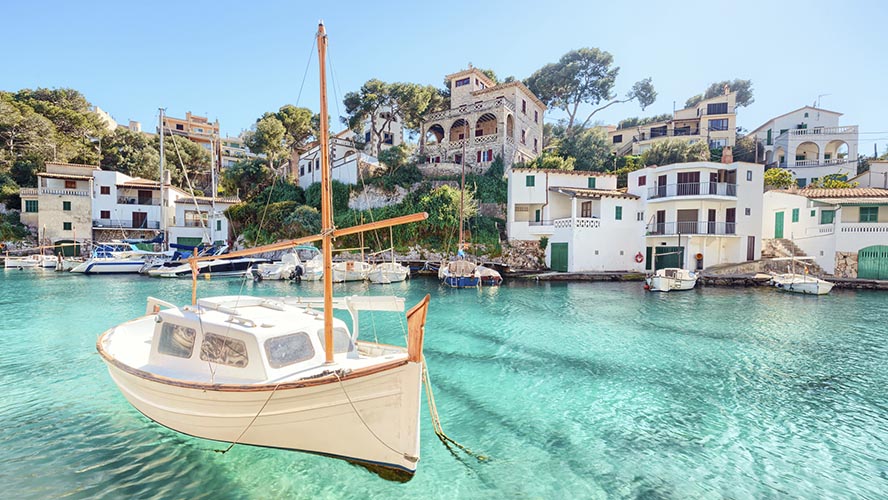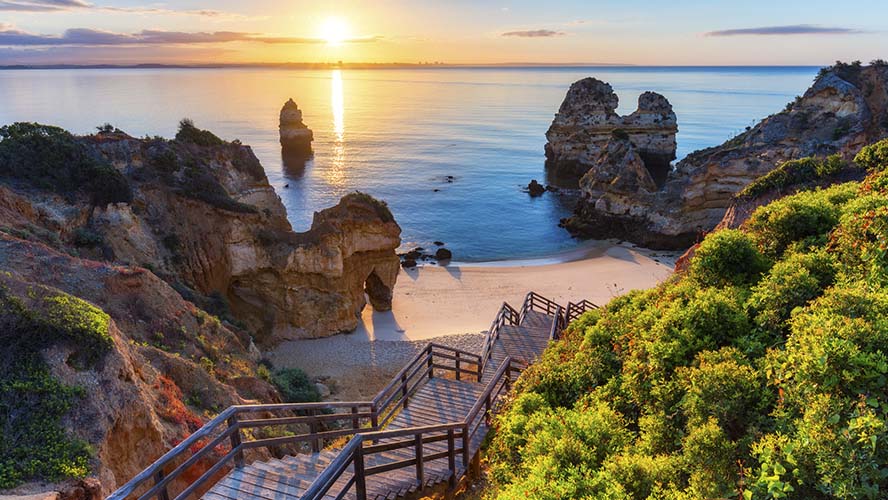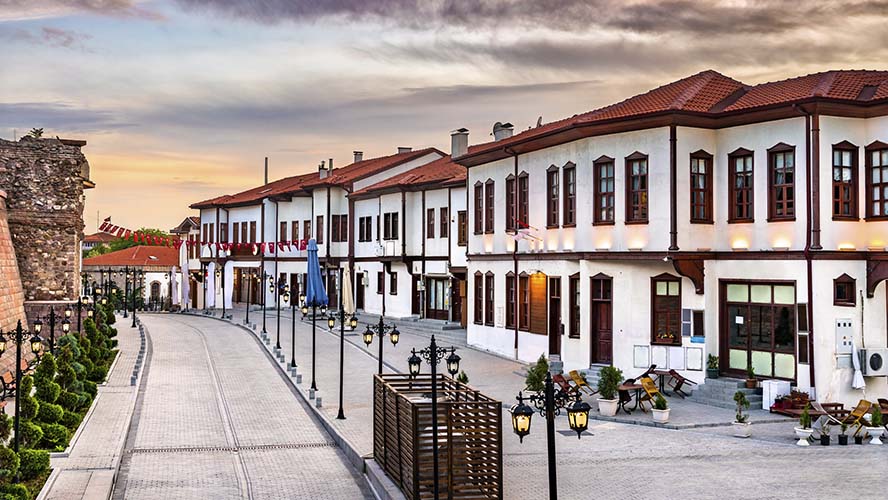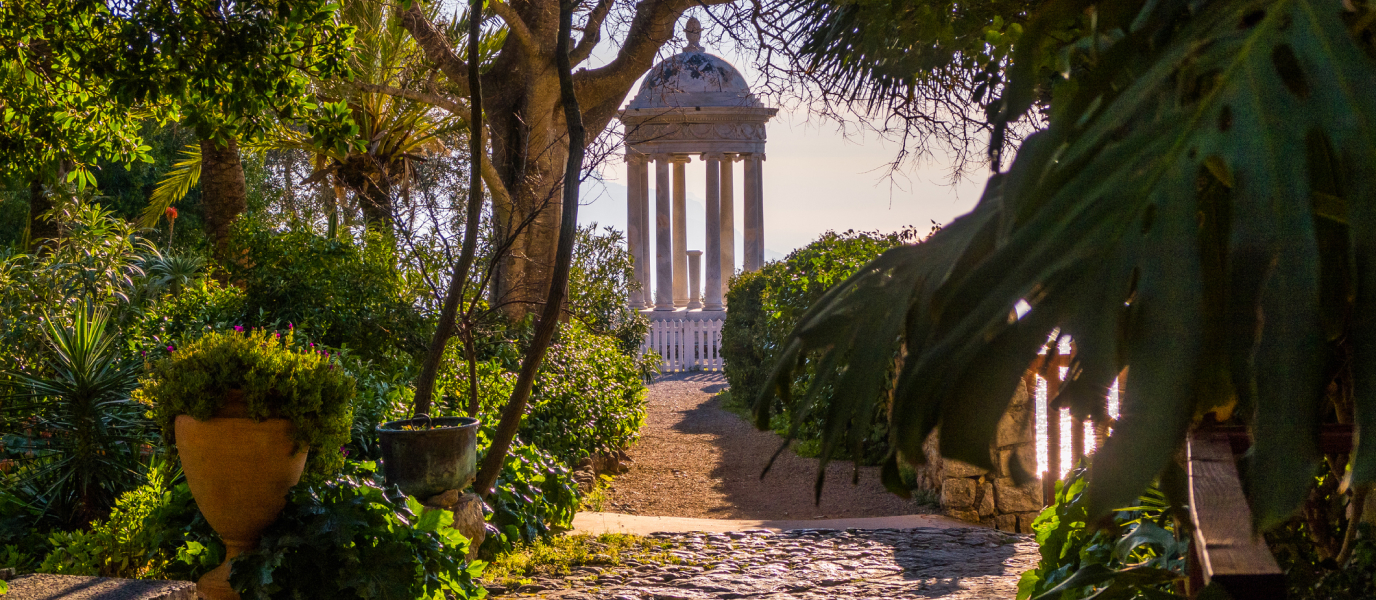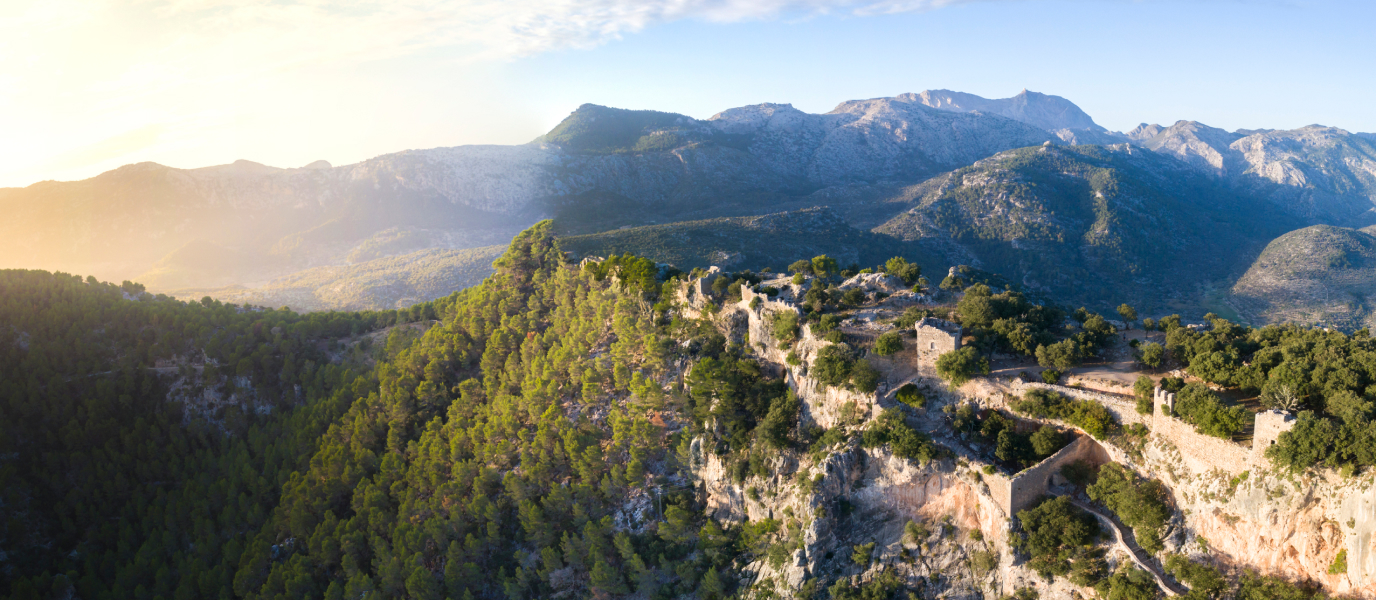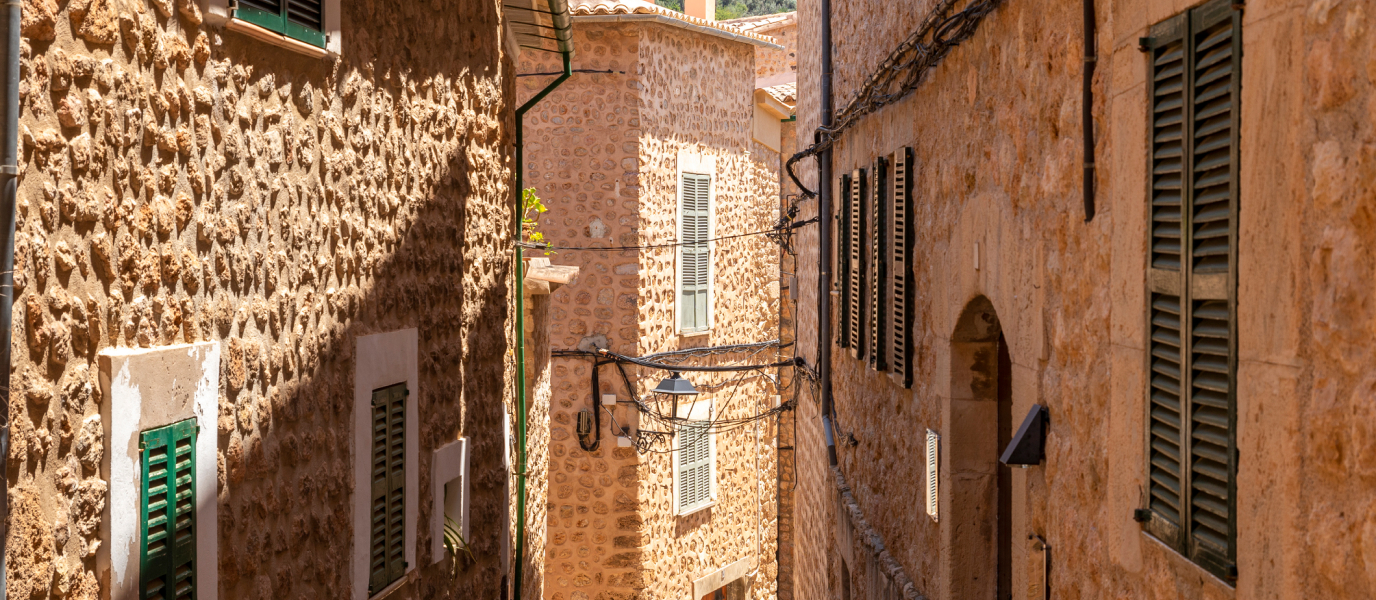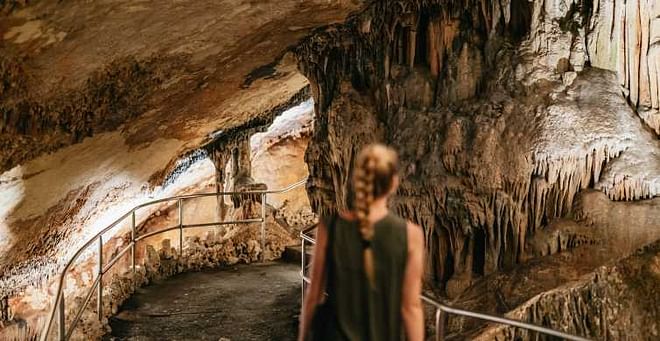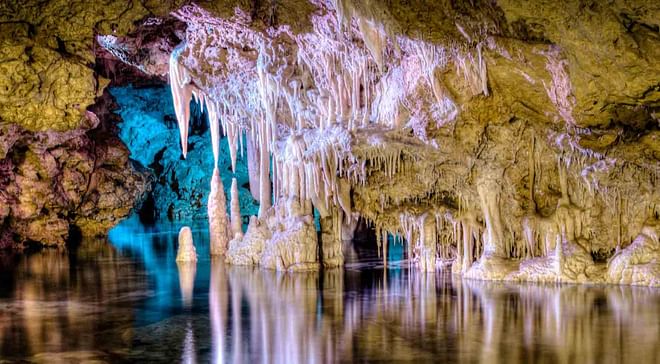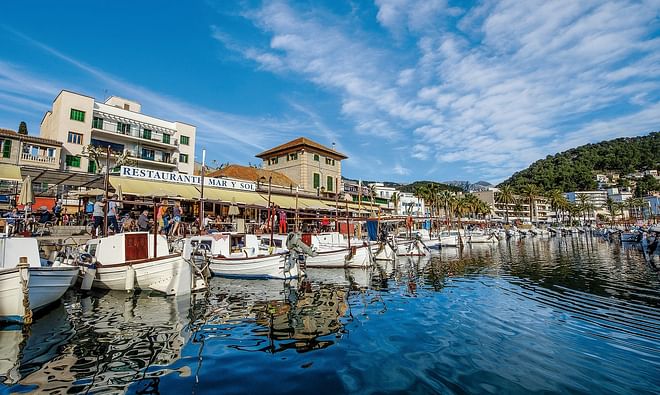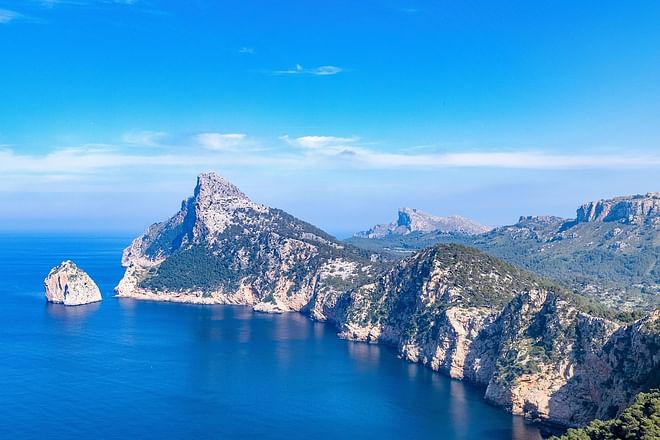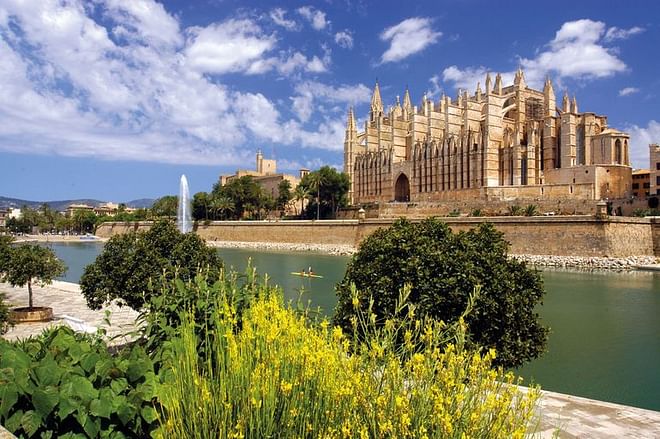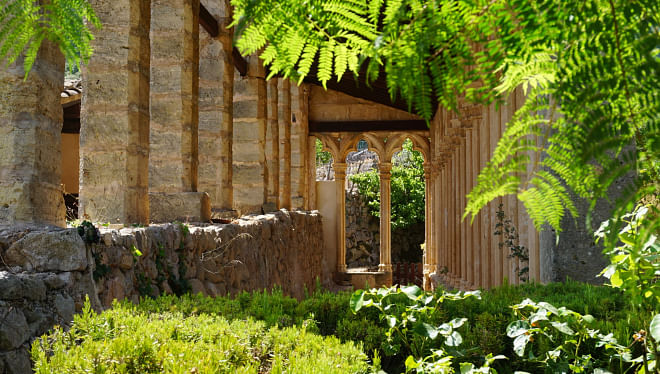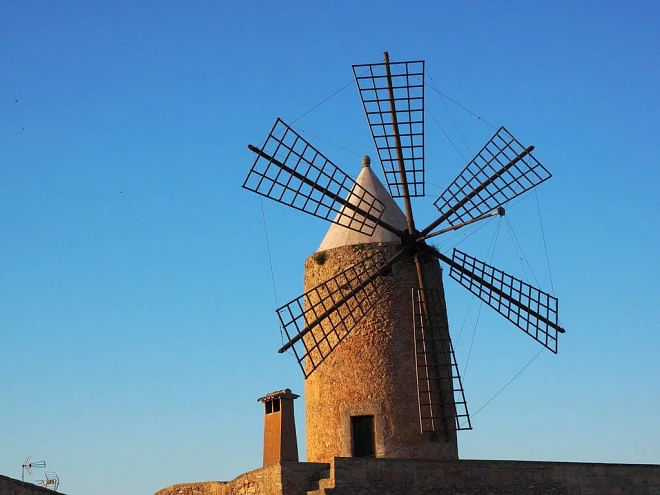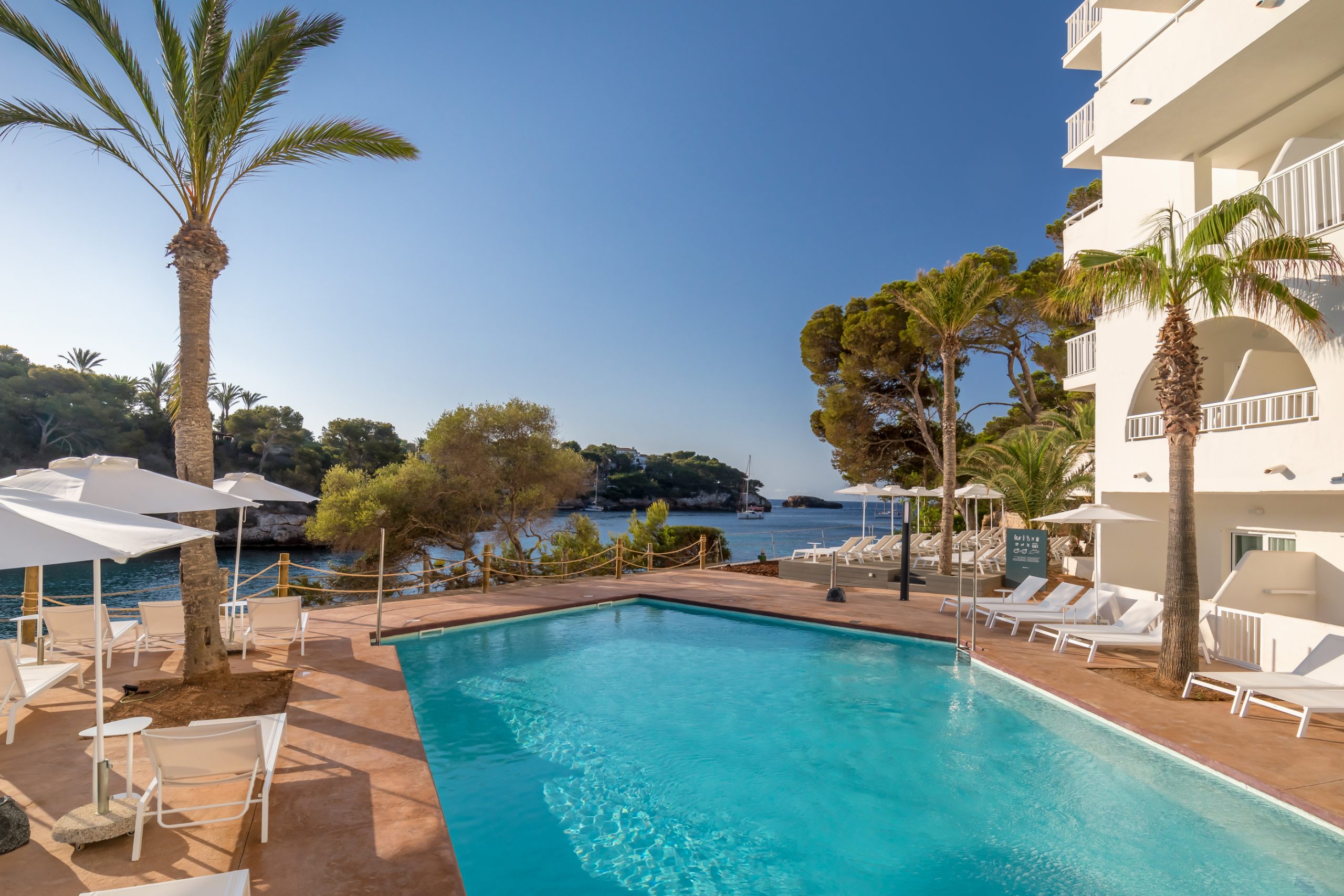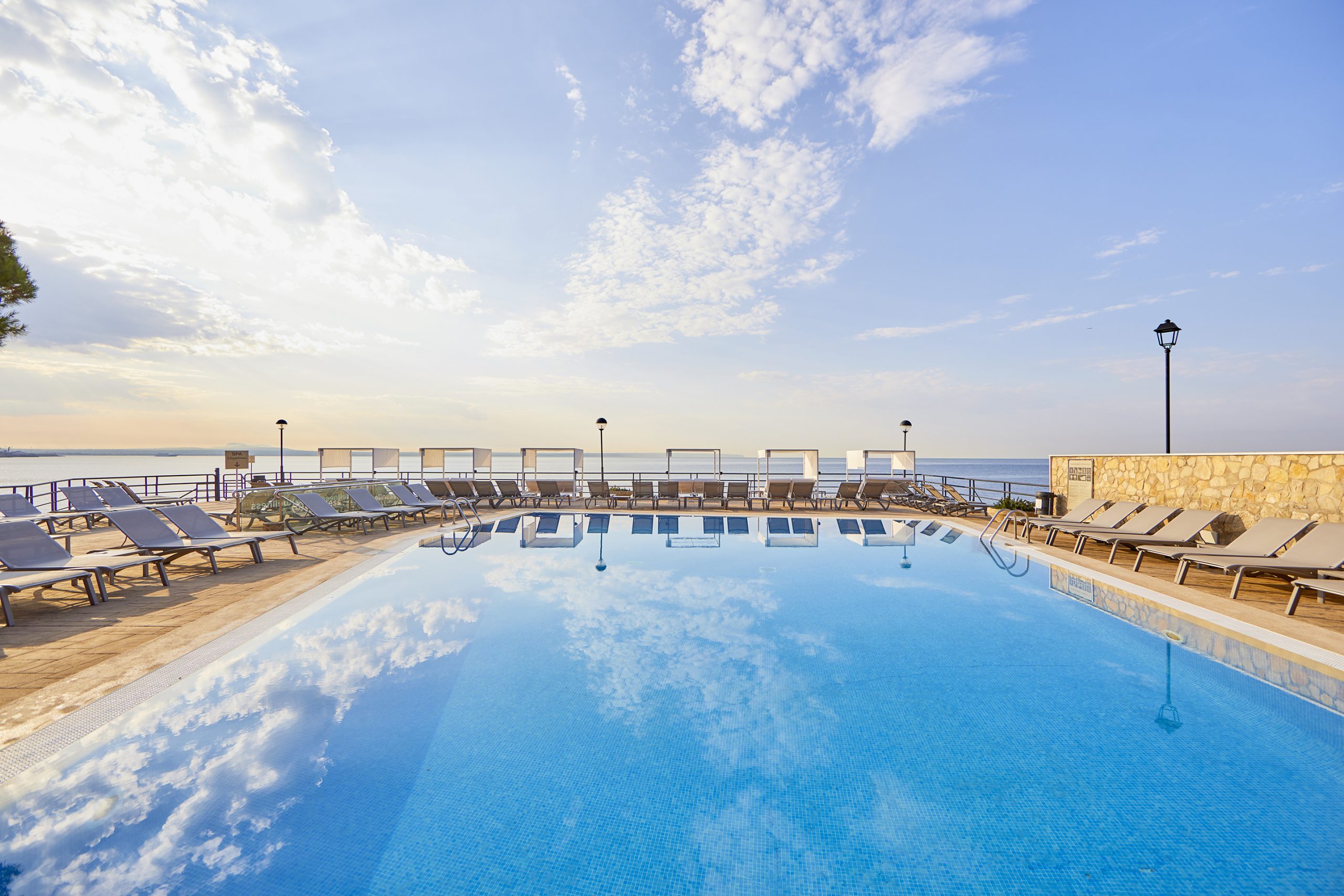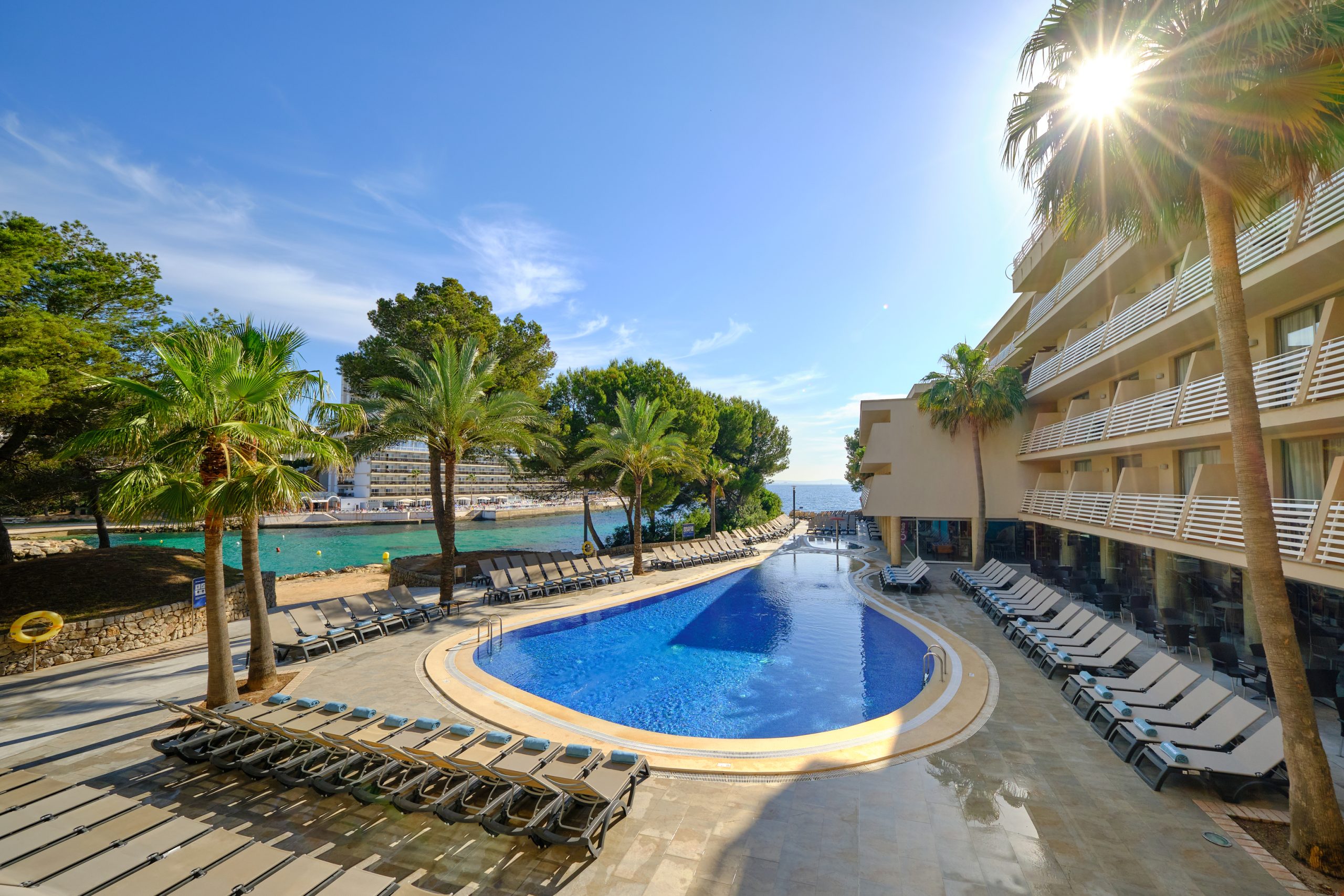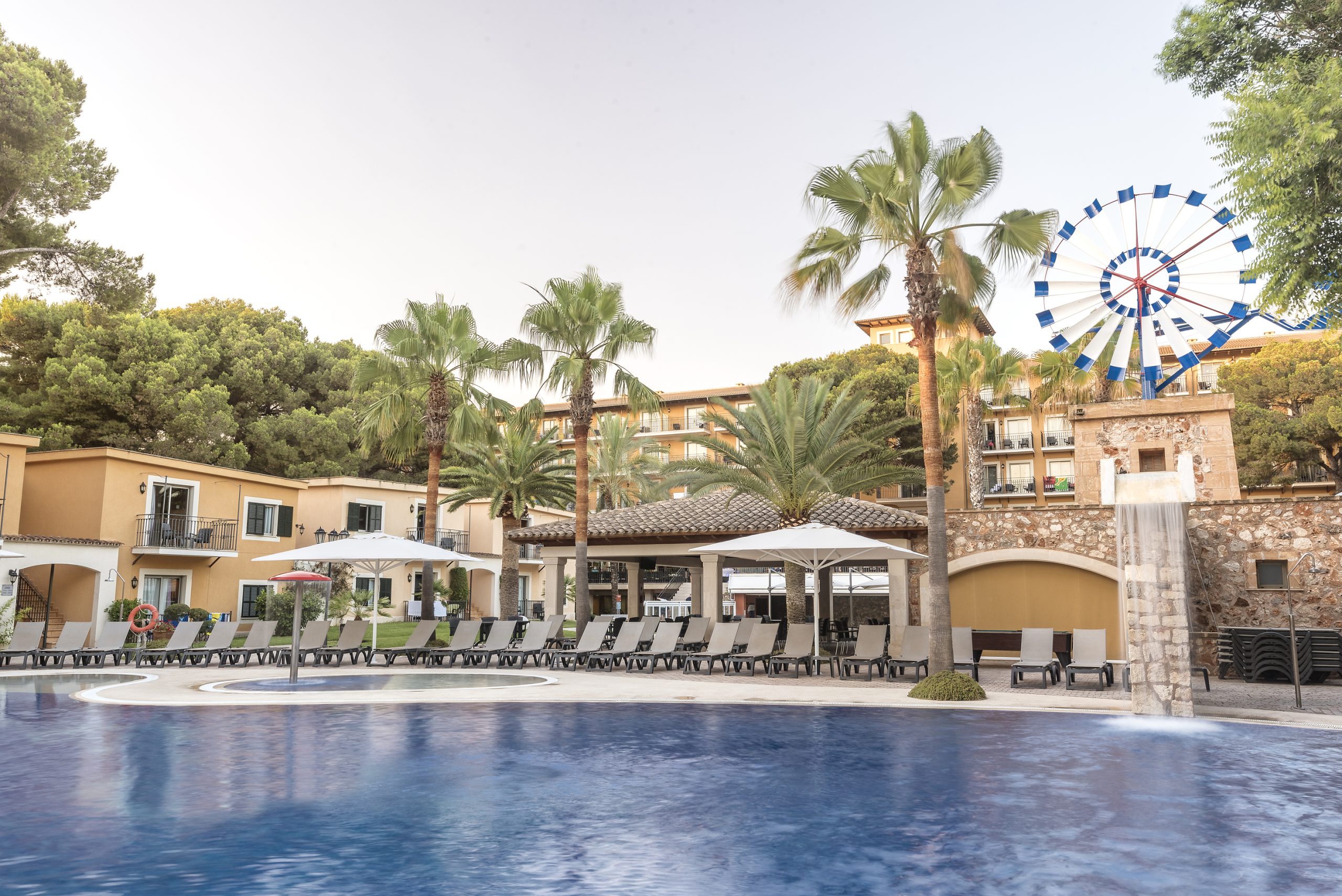The Mondragó Natural Park is, without a doubt, one of the great natural treasures of the island of Majorca. The chance to enjoy its varied landscape, the diversity of its flora and fauna, its heavenly beaches with turquoise waters and white sand or, why not, everything as a whole, is the main attraction for tourists who visit Majorca and prefer to stay away from crowds.
Located on the south-west coast of the island, in the town of Santanyí, the park covers an area of more than 700 hectares, 95 of which are in the public domain. Mondragó can easily be reached by car, both from the north and the south, and also has a regular bus service.
Any season is a good time to visit the Mondragó Natural Park (in fact, it only closes for two days a year, for Christmas Eve and the New Year). Spring, summer, autumn and winter just give more variety to the already very diverse landscapes that this protected and extraordinary environment boasts: sea and mountains, forests and crops, dunes and cliffs, etc.
What can you do at Mondragó Park?
Mondragó Park is well suited for walking or cycling, although if you have the chance to see it by boat you shouldn’t miss it. In any case, in the information centre located at the north entrance, visitors can find out about all the possibilities for hiking, guided tours or bicycle routes, and get a map of the area.
-
Hiking and bicycle routes
Four itineraries are available for walking through different areas of Mondragó Park; all of them are easy and can be completed in less than an hour, even if they are done with children. The one you choose will depend on your interest: going into the mountains or bordering the coast, crossing forests or looking for the footprints of the ancient settlers in waterwheels, irrigation ditches, ovens and curiosities such as military shelters or smugglers’ hiding places are some of the options.
If one route doesn’t seem like much, you can easily do all four on the same day. Most of the park can also be explored by bicycle.
-
Birdwatching
The island of Majorca is a unique place to spot birds thanks to its privileged location on the Western European migratory route, and the Mondragó Natural Park is one of the best places to do so within it. Mondragó has been declared a Special Protection Area for these animals, which makes the visit even more attractive for lovers of ornithology (and obliges other tourists to take some precautions, such as maintaining a low noise level).
Stone curlews, pigeons, turtledoves, kestrels or hoopoes are some of the usual birds in the area, although you should not rule out sighting a peregrine falcon, a black vulture or a griffon vulture: you just need a little luck.
Mondragó Park coves
If the Mediterranean forest were full of palm trees instead of pine trees, the image of the beaches of Mondragó Park could be mistaken for those on postcards coming from distant tropical beaches. The coves of this part of the island dazzle with their white sands and crystalline waters, which offer a varied chromatic range of blues as the day progresses.
Anyone seeking to enjoy these heavenly landscapes must bear in mind that the protection of the park has limited construction to a great extent so, apart from a couple of informal restaurants and a beach bar, not many more facilities will be found here. The same goes for the beaches, some of which are completely unspoilt.
There are three main coves in the park:
-
Cala Mondragó
Also known as Caló de sa Font de n’Alis, because of its original name in Majorcan. It is the closest to the park’s information centre and therefore the most accessible. In high season it can be quite crowded, although the atmosphere is always quiet and family-friendly. It has a bar and restaurant.
-
S’Amarador
A beautiful virgin beach with very white sand, it is not very far from the previous one, from which it is easily accessible by foot.
-
Caló Des Burgit
The furthest cove is also the least crowded. Small and with somewhat tricky access, the effort to reach it will be worth it to anyone looking to stop at a quiet beach.
Where to eat
As we have already pointed out, the restaurant offer within the park is quite limited. If you want more variety you will have to travel by car to a nearby town, such as Santanyí, although it is not a bad idea to prepare a picnic to spend the day at the park, as the locals do: it is not difficult to find good shade without having to move far away from the beach and picnic areas are provided.
Near the Mondragó Natural Park
-
Santanyí
Just 5 km away is this charming inland rural town (with just over 12,000 inhabitants) that retains the essence of a walled coastal village. Santanyí is perfect for strolling through its streets and browsing its shops and, if you are visiting on Wednesday or Saturday morning, get to know its lively town market.
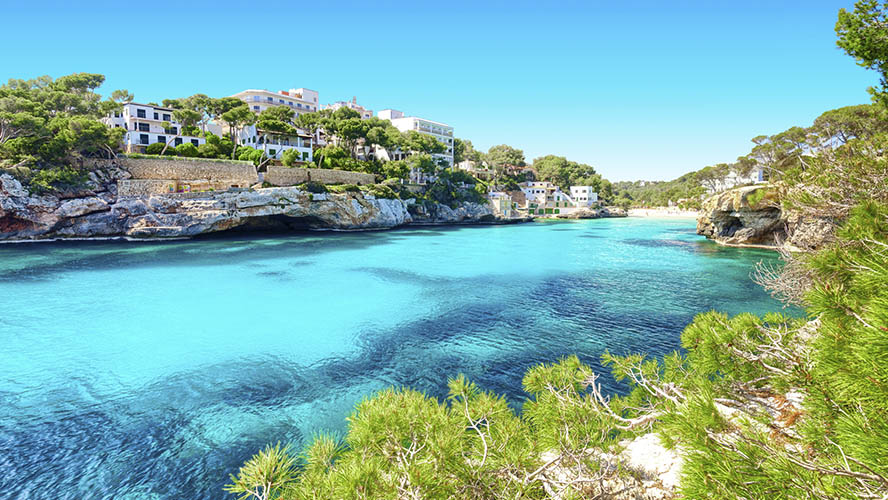
-
Cala Figuera
Within the same municipal district of Santanyí is this small fishing village with small stone houses between impressive cliffs and coves dotted with quaint typical boats (yaguts).
Few places allow you to enjoy mountainous landscapes, impressive cliffs and heavenly beaches within such a small area the way the Mondragó Natural Park does. A natural environment that you cannot miss when visiting the island of Majorca. Don’t forget your camera!
